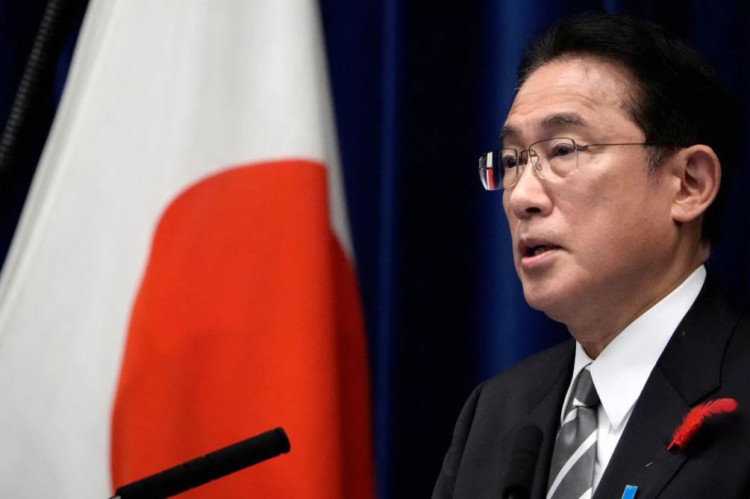Japan's Prime Minister Fumio Kishida has rolled out a robust $113 billion stimulus package. This ambitious economic initiative is a testament to the country's proactive approach in navigating the turbulent financial waters exacerbated by the Ukraine war and lingering COVID-19 impacts.
Kishida, facing dwindling approval ratings due to rising living costs, is addressing the nation's economic concerns head-on. "This package is expected to total in the lower range of the 17 trillion yen level. The primary objective of these measures is to fortify the supply capacity and elevate the earning prowess of our businesses," the Prime Minister emphasized during a government assembly with ruling party leaders.
This significant financial outlay will not only fund temporary tax alleviations but also provide subsidies aimed at moderating soaring gasoline and utility expenses. In specific terms, Japanese citizens can anticipate income and residential tax deductions amounting to 40,000 yen (roughly $266) per individual. Additionally, a benevolent 70,000 yen will be granted to economically disadvantaged households.
But the fiscal package doesn't stop there. A vision towards a technologically progressive future is evident with earmarked funds allocated to stimulate investments in avant-garde sectors like the chip and space industries. Fuel subsidies, too, are slated for an extension.
Details from local media outlets including public broadcaster NHK suggest that when factoring in private sector expenditure, the monetary magnitude of the program could reach an astounding 37.4 trillion yen. Such aggressive economic stimuli, though promising in terms of short-term relief, will inevitably swell Japan's debt portfolio. Already grappling with a formidable 261% debt-to-GDP ratio as of 2022, this new endeavor is a calculated risk, signaling Japan's commitment to economic revitalization at any cost.
Over the past three years, Japan has consistently poured in hundreds of billions into its economy. This unwavering support is evident in its bid to recuperate from the fiscal ravages of the pandemic. This latest relief package, awaiting parliamentary green light, joins the ranks of these hefty economic injections.
Japan's inflationary woes, partly catalyzed by the Ukraine war, have mirrored global economic trends. An enfeebled yen, amplifying import expenses, is also part of the narrative. Contrasting other primary global central banks' tactics, the Bank of Japan remains steadfast in its ultra-accommodative policy stance, anticipating a gradual inflationary decline. However, this optimism is somewhat marred by the yen's underwhelming performance on the global stage - recently plummeting to a year-long nadir against the dollar and hitting its lowest against the euro since 2008.
With a hint of optimism, Kishida noted, "We are observing a shift from the malicious deflationary spiral marked by depressed prices, stagnant wages, and sluggish growth." He added fervently, "For the first time in three decades, we stand at the cusp of transitioning to a novel economic phase."






